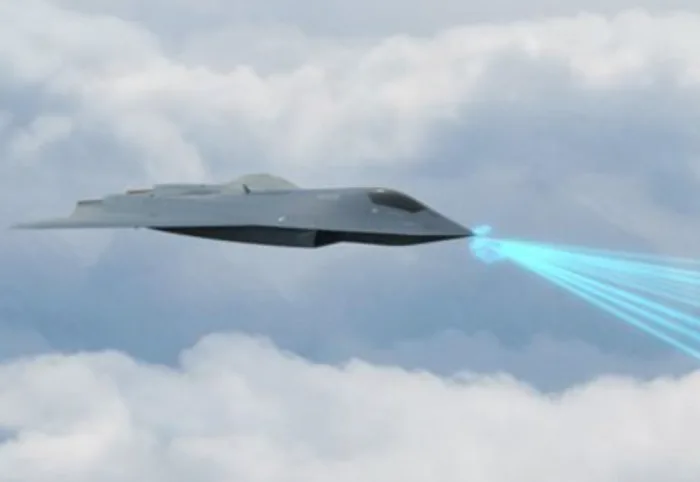SOURCE: AFI

India’s Advanced Medium Combat Aircraft (AMCA) program CCS Clearance is a vital step towards achieving a domestically produced 5th generation fighter jet. But even as this project gains momentum, strategic foresight compels India to consider the next frontier 6th generation fighter development. AMCA program that was officially started in 2008 got funding in 2024, it was 16 years wait, a wait India cant afford if it plans to develop its own 6th gen fighters in future, Here’s why, India needs to get going even while AMCA is under development.
While global aerospace industry is in a constant state of evolution. Many countries have already declared their plans to develop and operate 6th gen fighters and in-around mid 2030’s we should see many entering production on commencing testing. India cant afford to stay behind the curve again in 6th generation too. While the AMCA promises significant advancements, other nations are already pouring resources into 6th generation concepts. Delaying Indian research in this area risks falling behind in critical technologies like:
- Super-Stealth: 6th gen fighters are envisioned to possess unparalleled stealth capabilities, going beyond just radar cross-section reduction. Think minimized infrared and acoustic signatures to counter ever-evolving detection methods.
- Advanced Propulsion: Variable cycle engines are expected to be game-changers, offering exceptional fuel efficiency at cruise and unmatched power for supersonic bursts.
- Networked Warfare: Integration with a robust network-centric system will be paramount. Imagine real-time data sharing between aircraft, drones, and ground forces, creating an information advantage.
The AMCA program can be a springboard for 6th generation development. ADA AMCA Team already is looking to include many of the 6th generation tech in the AMCA program and already has been calling it a 5.5Gen fighter when it enters production in mid 2030’s . The experience gained in areas like avionics, materials science, and systems integration can be invaluable for the next generation fighter. Additionally, focusing on relevant technologies like artificial intelligence and hypersonic weapons during the AMCA’s development can shorten the timeline for a future 6th generation aircraft.
The road to a domestic 6th generation fighter will undoubtedly be challenging. The financial investment will be substantial, and India’s private sector needs to be actively involved. Collaboration with international partners with complementary expertise can also be explored.
Investing in 6th generation fighter development might seem premature while the AMCA development is still underway. However, proactive planning is required to ensure that India remains at the forefront of fighter jet technology. By leveraging the AMCA program’s experience and fostering a robust domestic aerospace ecosystem, India can secure its strategic advantage in the skies for decades to come.